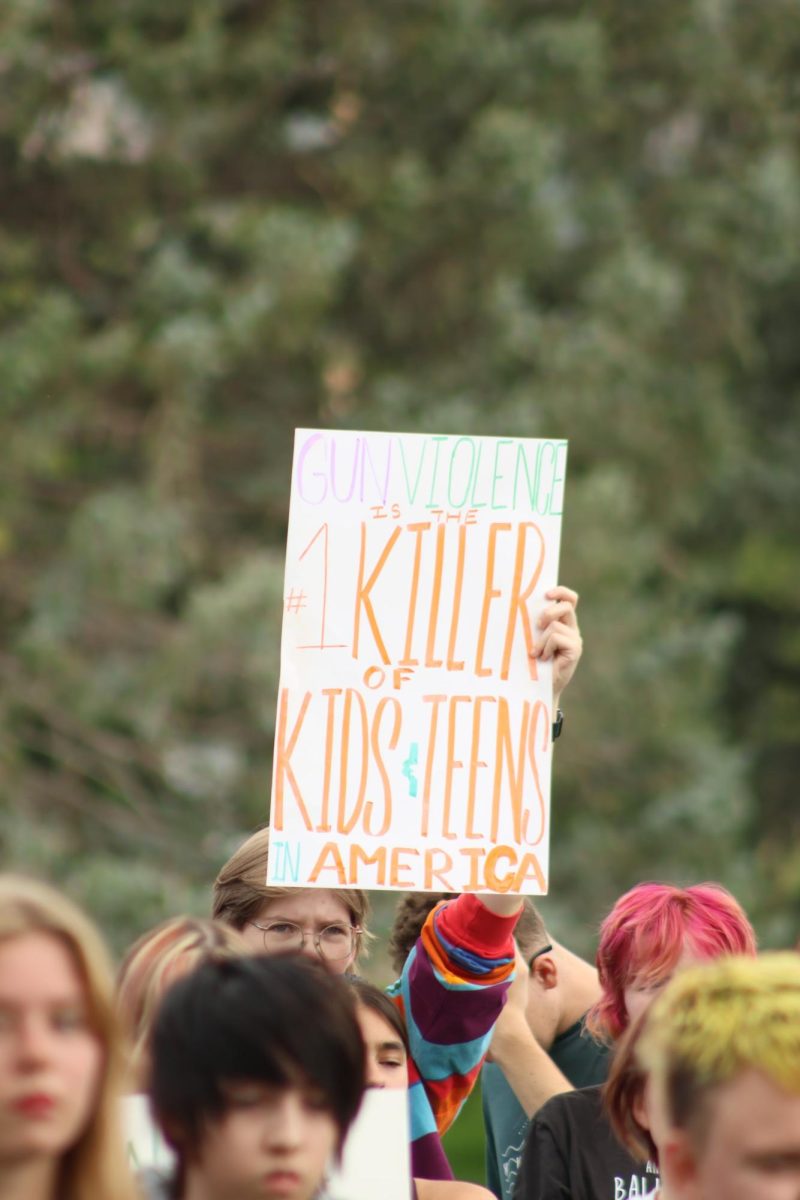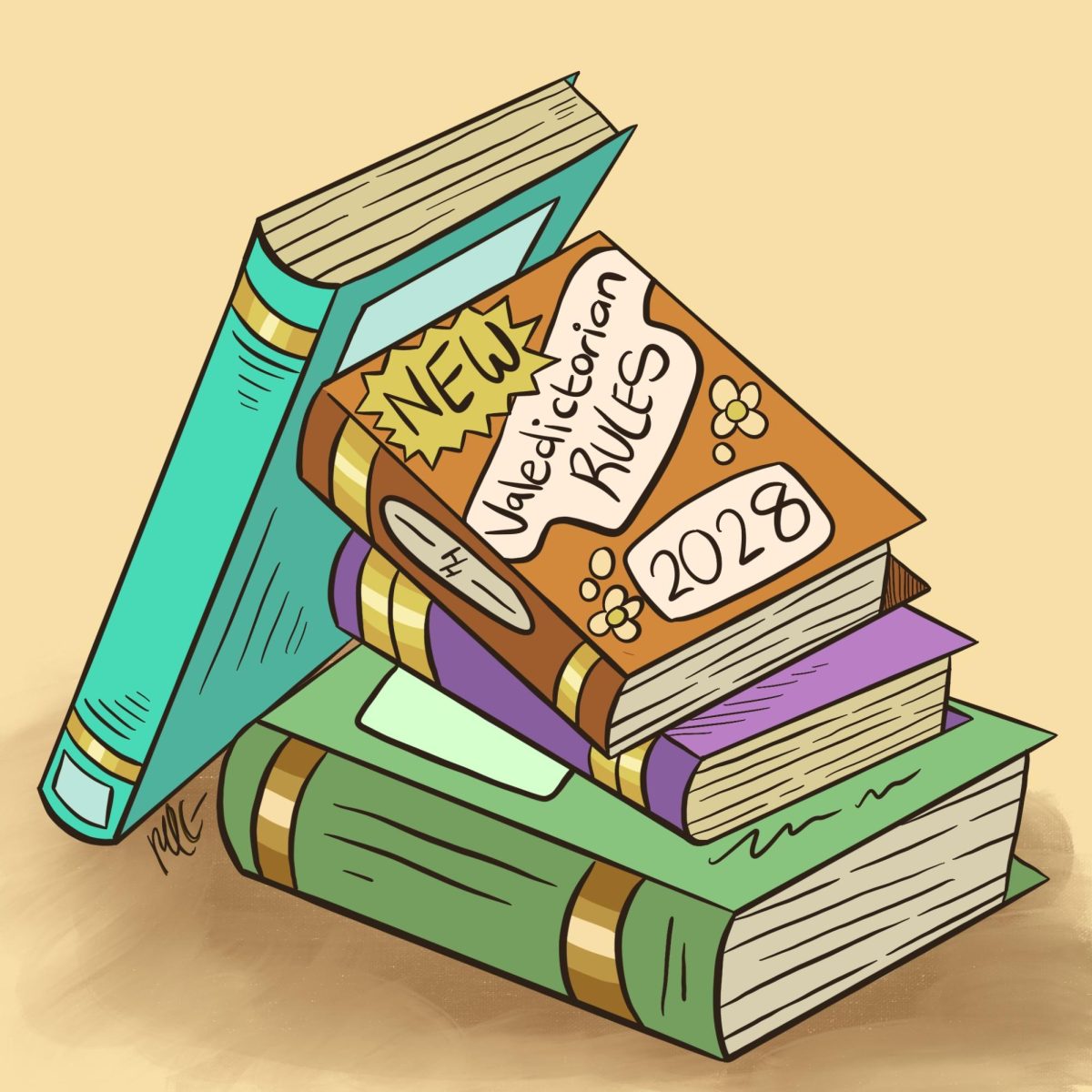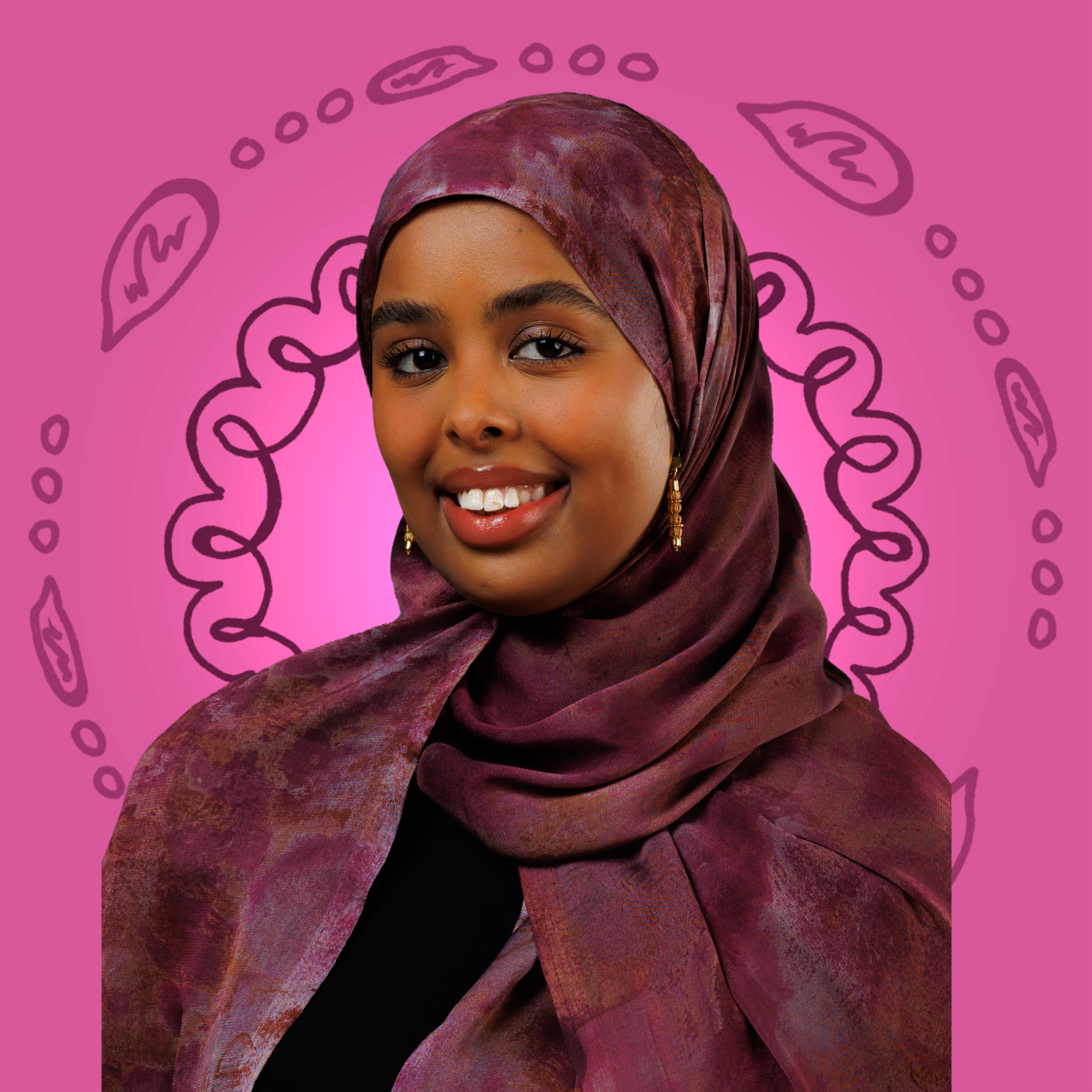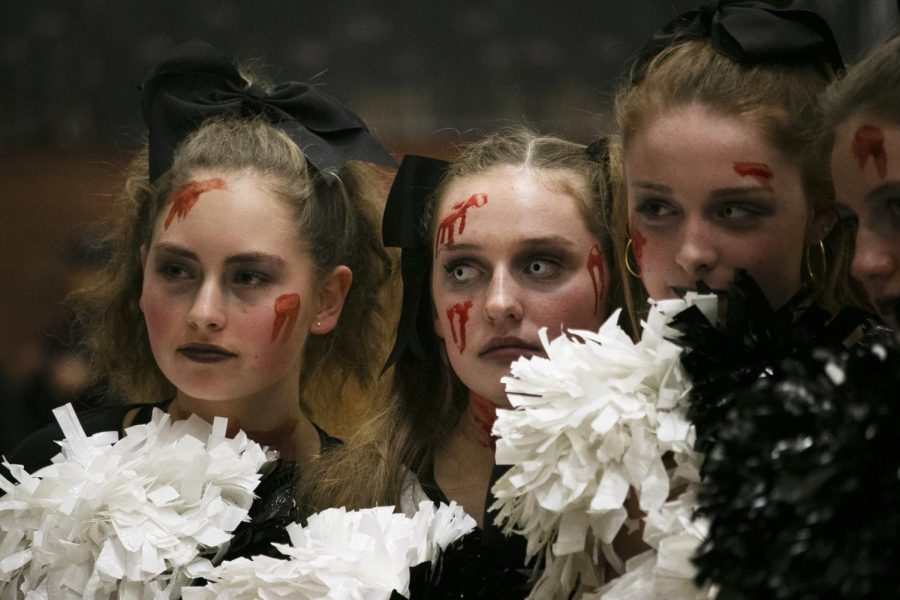Finding A Home Away From Home
February 24, 2022
Last summer, the world watched as the Taliban took over Afghanistan, displacing many innocent civilians. The U.S reached out and took some refugees to safety, giving them homes throughout the country, including in Utah. Though Highland hasn’t received any Afghan refugees, it does have a strong refugee aid program that helps a number of Highland students.
According to Victoria Saley, the refugee coordinator and English learner advocate at Highland, Highland’s refugee students come from all over the world and contribute to an incredibly diverse student body.
“We actually have over 52 languages represented at Highland,” Saley said.
When a student comes from a different school or even district, they’re plugged into the system and sent on their way rather quickly. There is typically not a huge transition culturally.
But this is not the case with refugee students. These students grapple with many difficulties, including coming in knowing little-to-no English. American customs can be confusing, and some of the school traditions, like sports and dances, can feel outlandish. Finally, there is often a financial gap that may hamper the accessibility of activities.
These students diversify Highland, though it does often make communication difficult for students and teachers. To help with language barriers, the Salt Lake City School District has an over-the-phone interpreting system. Saley said she can typically get a hold of an interpreter in under two minutes, which she thinks is a great resource that we’re lucky to have.
But the over the phone system isn’t practical in class. Saley has been pushing for the use of Google Translate in class as she believes it’s a valuable tool for learning English.
It doesn’t work for students who speak uncommon languages, but she said it can be a valuable resource for Spanish speakers, as it translates accurately in Spanish, making it useful for some.
“Imagine going to a school in another country, never hearing English all day long,” Saley said. “How would you be able to learn the language? If they didn’t let you use your phone, how quickly would you pick it up just by listening to the words all the time? You’d have no idea what the words mean.”
Communication is tricky for English Language Learners, and teachers need to try and remedy the language barrier without skipping out on the rest of the core curriculum. ELL students usually have up to two classes devoted solely to learning English, with the rest of the classes being more flexible.
Saley said that newer English learners tend to share science and math classes in order to create a space where language skills and the class content are learned simultaneously. Once the students advance, their classes become more mainstream, with only one English language development class.
These classes are where some students struggle the most. The difficulty of classes increases drastically as they are learning the course while learning English.
“Teachers think we speak good English and keep giving us things that we can’t do,” Lily Chanceline, a student at Highland who was born in Congo but grew up in Burundi, said.
The language barrier can make assignments a struggle. Another student, Chanceline Touinodjo Kooutou, thinks that having more time on each topic would help.
“If we stay with the same assignment for longer, we’d get it, but we do one today, then tomorrow we have a quiz, and then next time we are going to move on to something different,” Touinodjo Kooutou said.
The issue is tricky, as educators must balance keeping up with the curriculum and reinforcing understanding.
Classes and communication aren’t the only barriers refugee students tend to face, as cultural gaps can create challenges. These differences in culture often play through during school dances and traditions.
An upside that Saley has seen is this year’s free dances. The free tickets, transportation, dresses, and clothes that Mindy Smith made available were great at reducing barriers.
“We had great participation; many of our students went and had so much fun,” Saley said.
Another common issue for refugee students is participating in afterschool activities. One main challenge is sports, which can play a large part in a student’s experiences, Saley noted.
“Participating in sports is very hard,” Saley said. “There are a lot of barriers, and the steps you have to take to get into a sport are very intensive and time consuming and if you don’t have that knowledge.”
For instance, Touinodjo Kooutou, who is a freshman this year, said that she wants to play volleyball, her favorite sport. She didn’t know that students had to try out for it in the summer, so she couldn’t play this year. Students often have no way of knowing about these sorts of things unless someone they know tells them about it.
“No one tells 8th graders how to join a sport, and that they need to in the summertime,” Saley said.
Saley also notes that it’s made even harder for refugee students to get involved in activities if they don’t have a friend who’s involved. These issues tend to hamper these students’ involvement.
There is a way that all students can help, however.
“If students would start to get to know them and invite them into some of their groups to participate in these activities like dances,” Saley said. “That way they could learn about some of our dances or activities that we do after school.”
Saley thinks that getting these students accustomed to American culture and activities is important, but it’s also important for them not to be completely swept away by this culture and lose their own.
“I would love for us to find more opportunities for them to share their culture with us, because a lot of times when you go to a new county you’re expected to assimilate, and we’re pushing our culture onto them, but we also need to learn things from their culture and appreciate what they bring to our community as well,” Saley said.
Saley and these students intend on sharing these cultures in an upcoming assembly through a dance some of her students want to share. This includes Touinodjo Kooutou, who created the group and is choreographing the dance.
“I think it’s important to understand that refugees and students who speak another language have amazing cultures, that I would love to have them be able to share more,” Saley said.





























